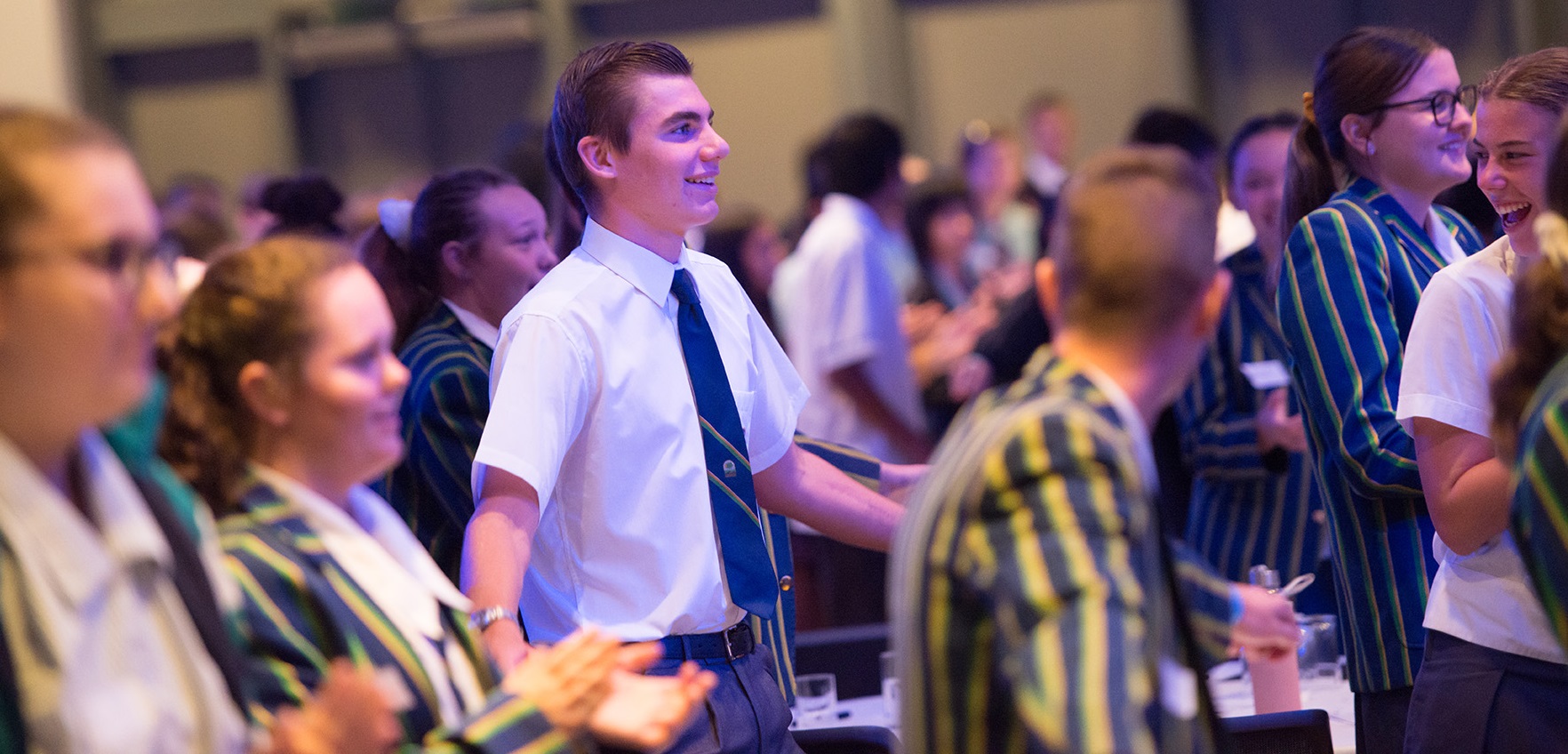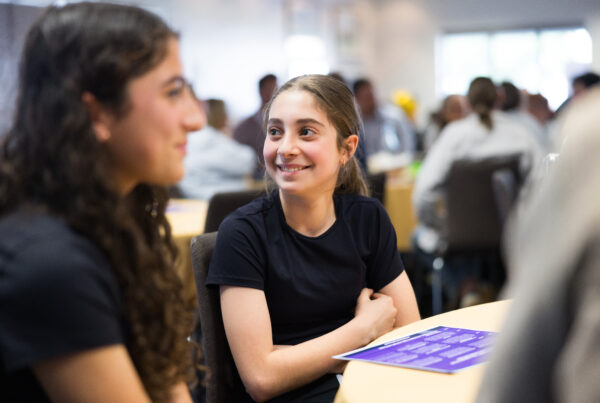
A Playbook for Building Classroom Creativity
by Nicole Dyson, Founder & CEO, Future Anything
If I had a dollar for every time an educator reached out to me to express concern (and a little frustration) that their students haven’t got any ‘good’ ideas, I’d be writing this from some sort of private island, cocktail in hand.
For many classroom teachers, the notion of brainstorming is met with blank stares and the sound of crickets.
But, as educators, we have to take some of the responsibility for this.
The reality is that our industrial model of education trains young people from their inception in the schooling system that when a question is asked, there is one correct answer. And, unless you’re the fastest hand up, your thinking isn’t required here- never mind the social suicide of raising your hand with the wrong answer.
Classroom creativity doesn’t happen by accident. It’s the result of setting the conditions up for creative success, explicitly building the creative muscle through frequent, fun and fast practice and finally, staying curious about creativity with tools and resources to build our own capacity.
1. Set the Conditions for Classroom Creativity
Linus Pauling famously said, “If you want a good idea, start with a lot of ideas.”
But, we don’t (and won’t) get lots of ideas from our young people unless we purposefully and deliberately set up the cultural and physical conditions of our classrooms to re-train our young people to think divergently without the fear of getting it ‘wrong’.
At Future Anything, we have three Cultural Conditions to set up ideation (read: fancy design thinking term for brainstorming):
- Go Big: Shoot for as many ideas as you possibly can.
- Go Wild: Most good ideas sounded crazy when someone first thought of them.
- Go Together: Build on the thinking of others to spark new ideas.
And, we also have three Physical Conditions to drive classroom creativity:
- Be Upstanding: Stand in a circle with a table in the middle.
- Be Prepared: Have a pen and post-it notes (or similar) in your hand.
- Be Vocal: Say your idea out loud as you write it down.
Check out this short explainer video I put together here – it’s a great one to show your students before you ideate.
2. Build the Creative Muscle
Okay, you’ve set up the cultural and physical conditions for ideation- now what?
Like a muscle, your student’s creative abilities will grow and strengthen with fast, fun and frequent practice.
So, set a three minute timer (fast), put some music on and provide a low-risk ideation activity (fun) as your hook at the beginning of every lesson for two weeks (frequent).
It’s important to note that the tighter that the activity links to any upcoming assessment, the less safe it is for students to a) have fun and b) fail.
Assessment begets pressure.
Like any good coach, build the capacity of the athlete through training first, and then the performance will come at a competitive level later.
The link to any assessment should strengthen as the muscle strengthens. E.g. towards the end of the second week.
Activities to Build Classroom Creativity:
- 10 Brainstorming Activities
- 9 Best Activities to Spark Creativity in Ideation
- Session Lab Ideation Activities
3. Stay Curious about Creativity
After a decade working with young people to design innovative, scalable and sustainable solutions to problems they care about, we’ve stumbled across some pretty great tools and resources to support teachers- and their students to thinking creatively.
- One of my favourite books on creativity is Creative Confidence by IDEO founder and Stanford d.school creator David Kelley and his brother Tom Kelley.
- Seth Godin’s blog is quite possibly the only newsletter I religiously open when it arrives in my inbox. Do yourself a favour and subscribe.
- One of my favourite design thinking tools for the classroom is IDEO’s Design Thinking for Educators Toolkit.
And, finally, if you’ll forgive me a small plug, we’ve just released our own design thinking tool for educators called Catapult Cards.
Using a series of simple but proven, process-driven decks of cards, your students will be taken through the process of ideating, prototyping and pitching their own business idea. Plus, it comes with everything you need to lead this process in the classroom- including links to instructional videos. We’re live on Kickstarter here now, which means you can snag a kit for half the RRP or you can grab five kits for your school at almost 75% off RRP.
Want to know more about building the entrepreneurial mindsets of young people in your classroom?
Subscribe to Future Anything’s regular e-newsletter to have resources delivered right to your inbox. You can sign up here.
About the author: Nicole Dyson
As a teacher in the USA, UK and Australia as well as a Head of Department and Head of Year at some of Queensland’s top-performing public schools, Nicole has repeatedly led the design and implementation of whole-school changes to support future ready learning; placing young people at the forefront of co-designing contextually relevant learning experiences.

Nicole is an engaging and skilled facilitator, panellist and speaker who is a passionate advocate for equity, the future of education, and empowering young people to bend the future; one youth-led idea at a time.
Connect with Nic on LinkedIn here or Twitter here.





